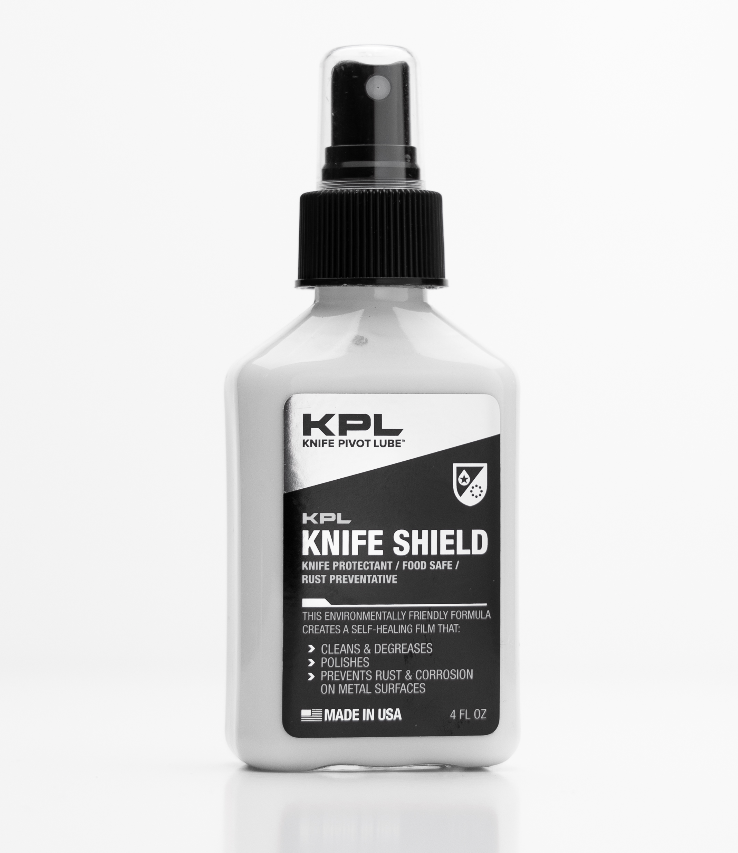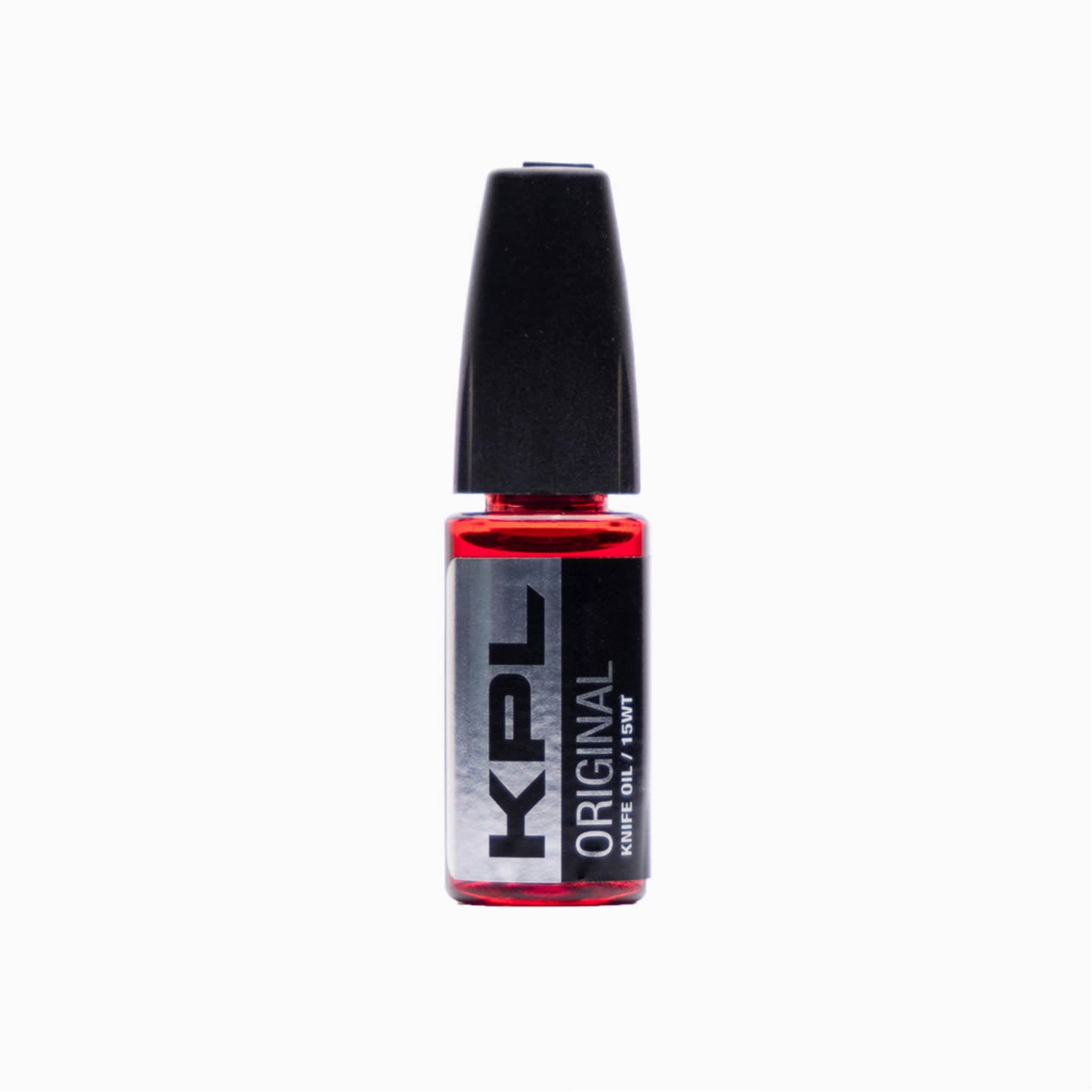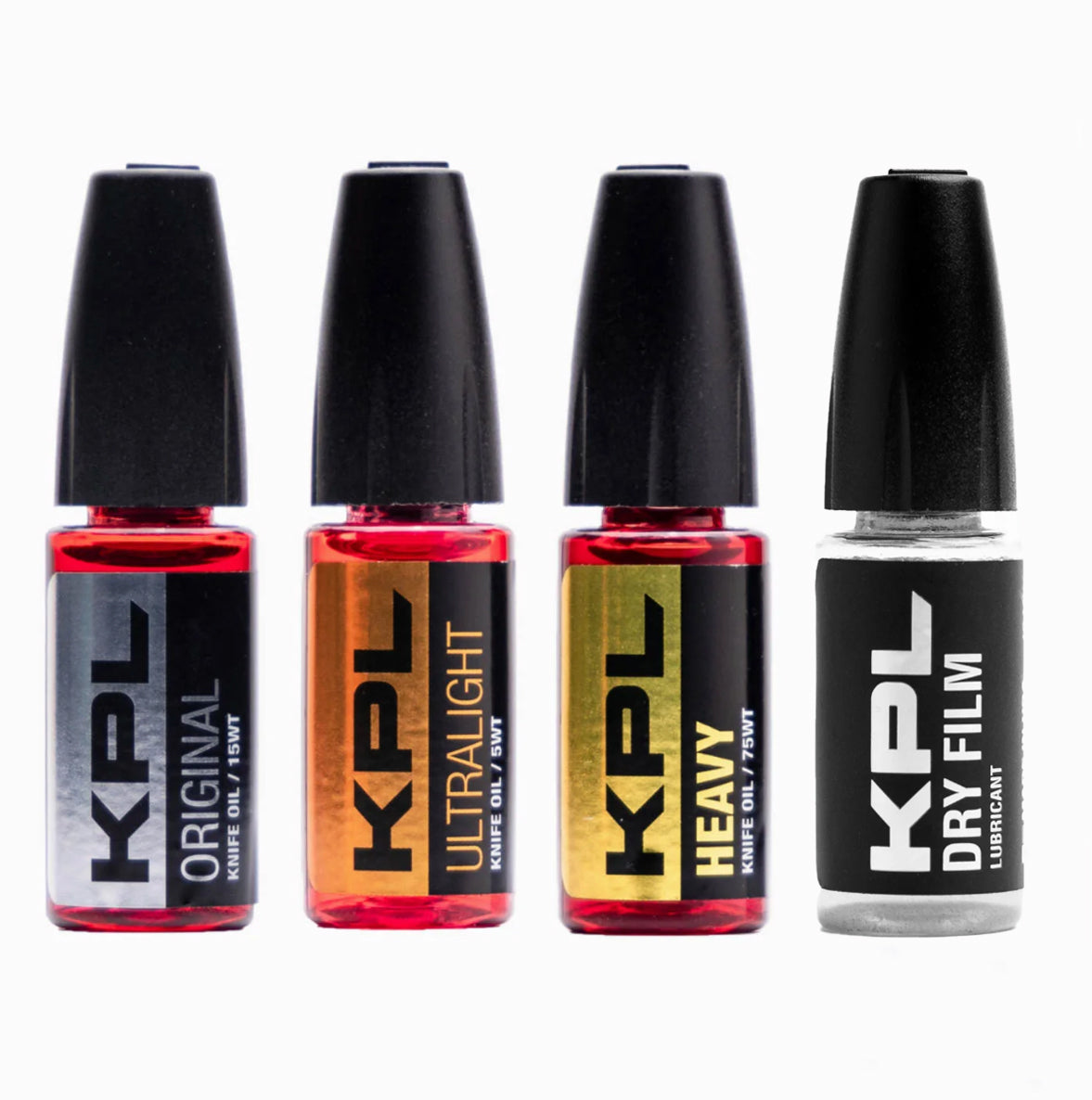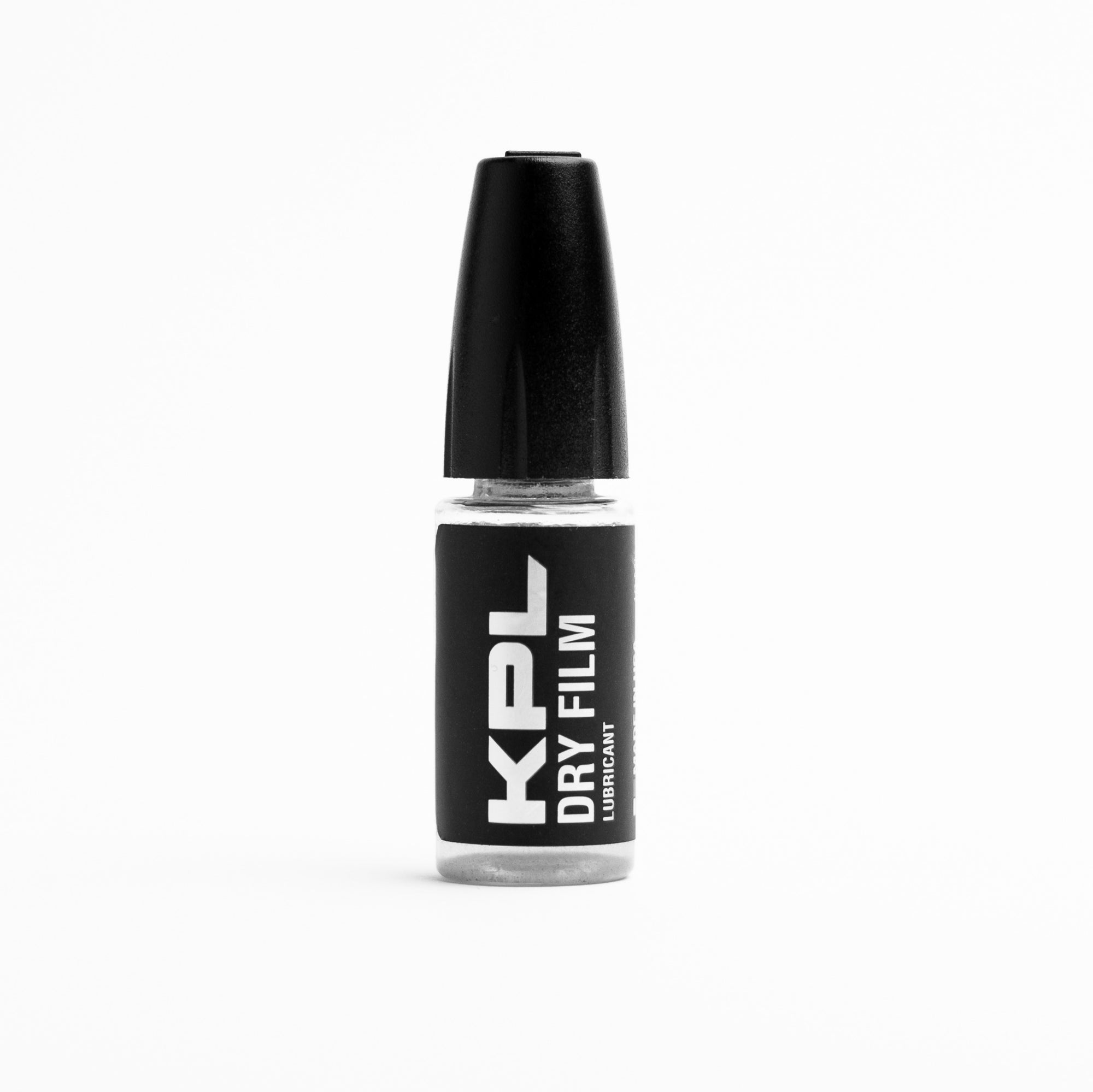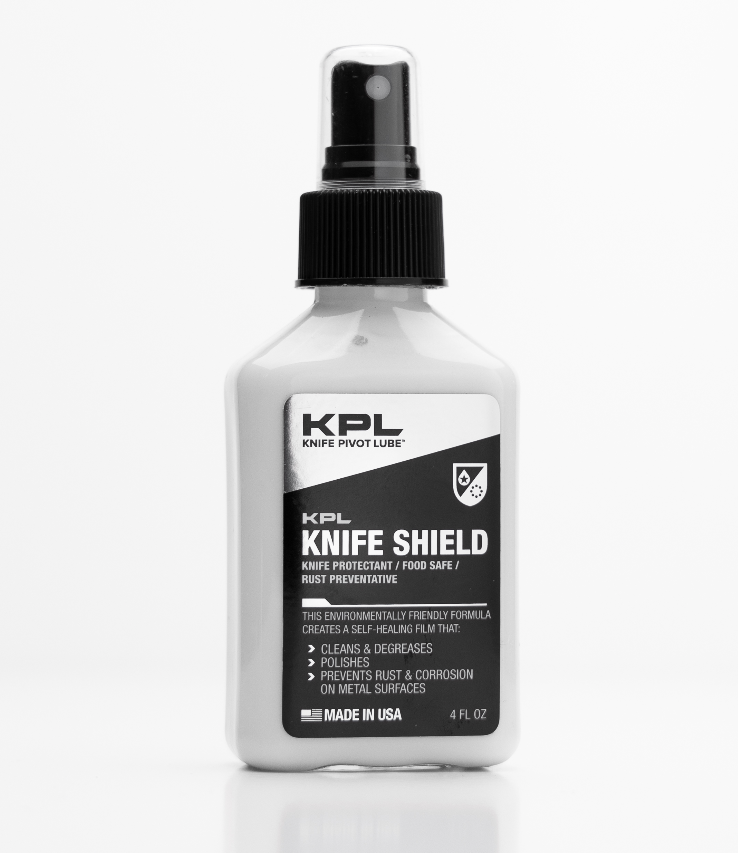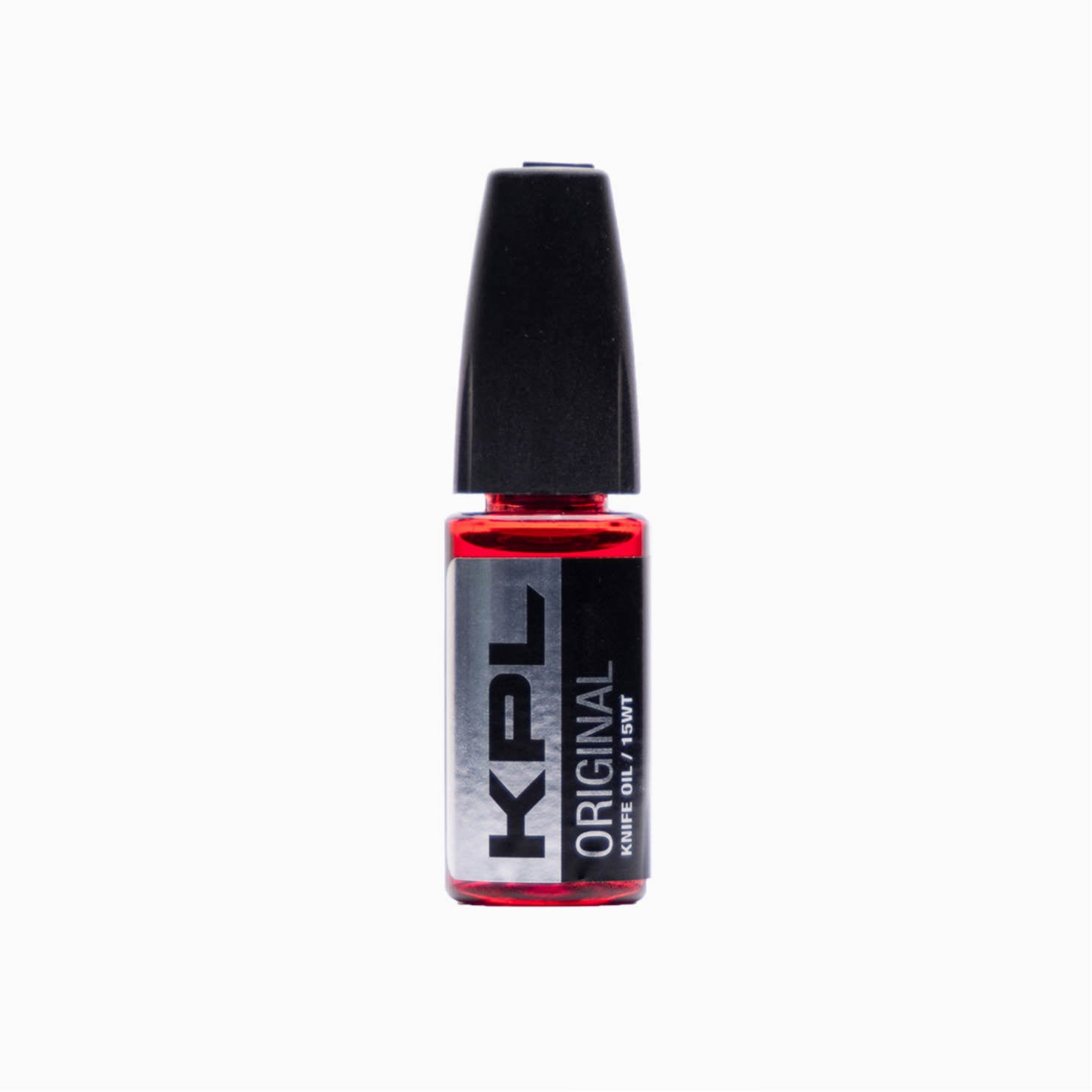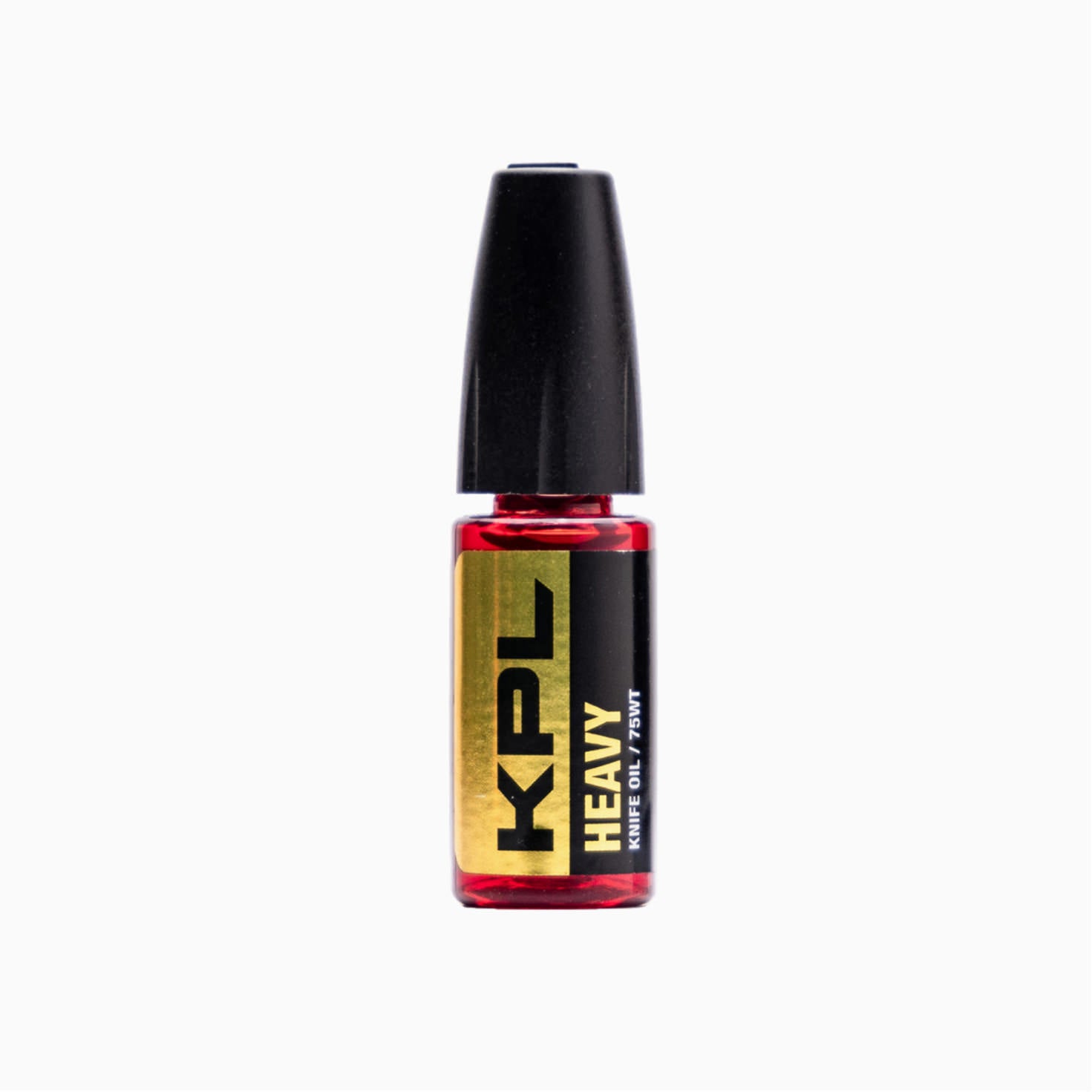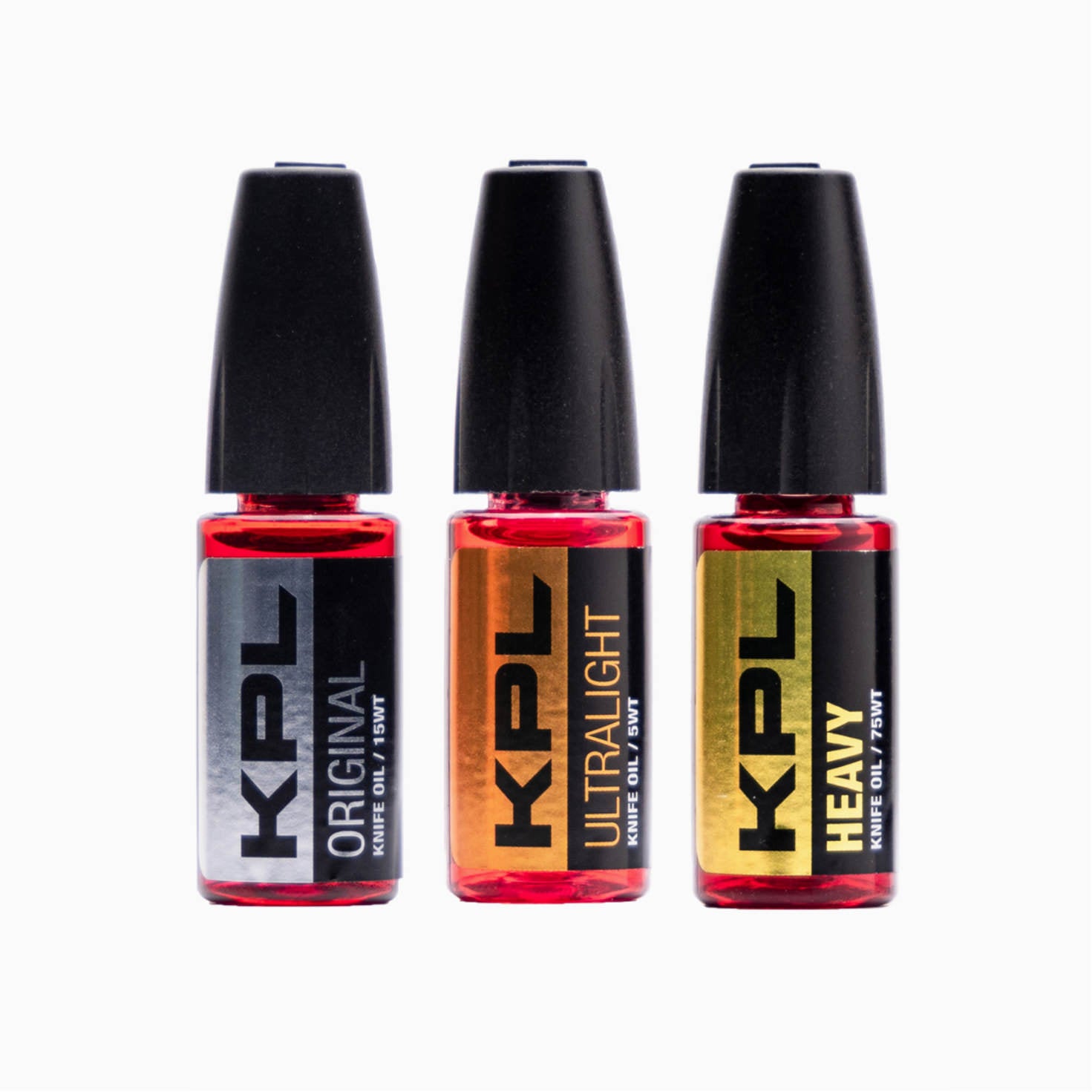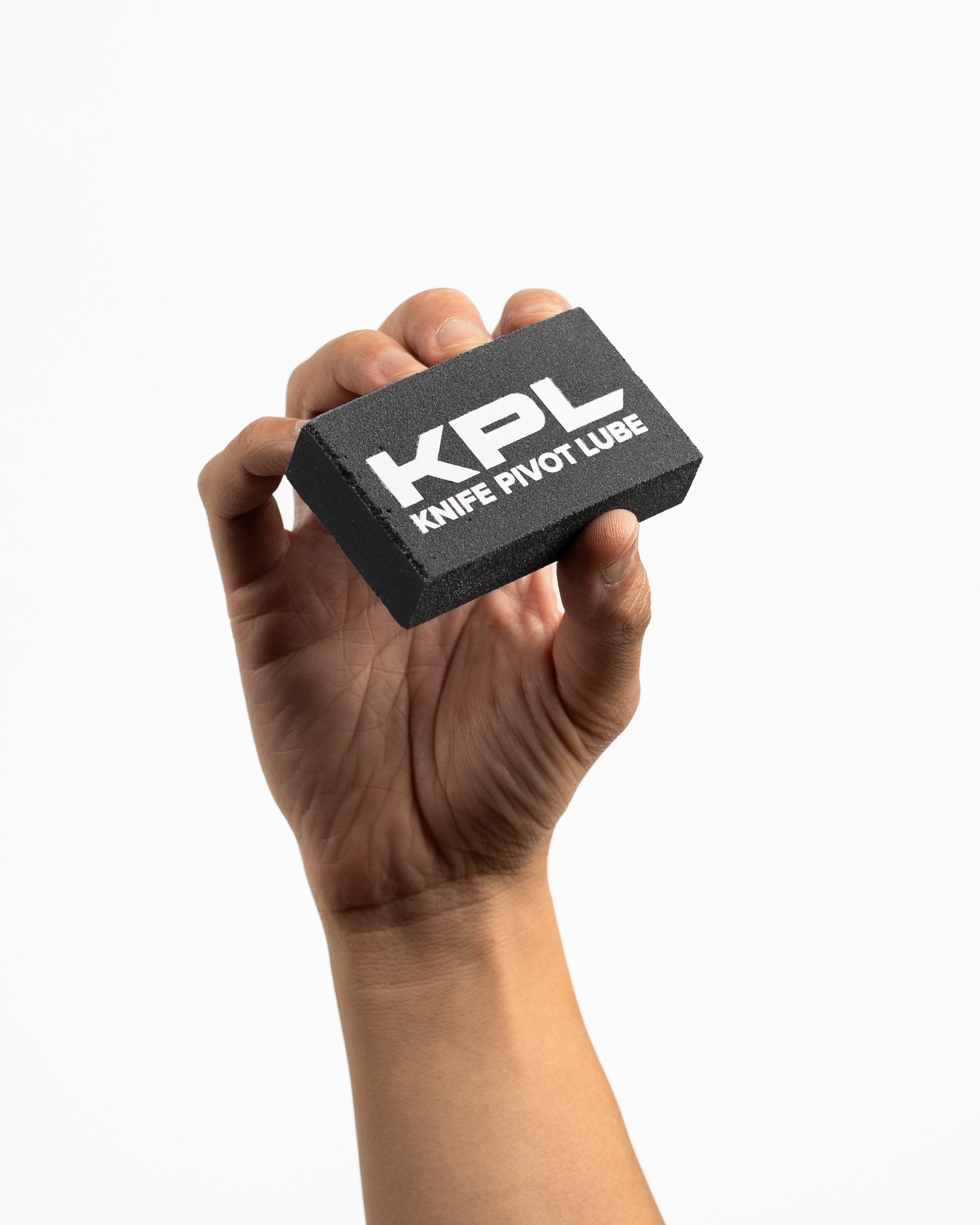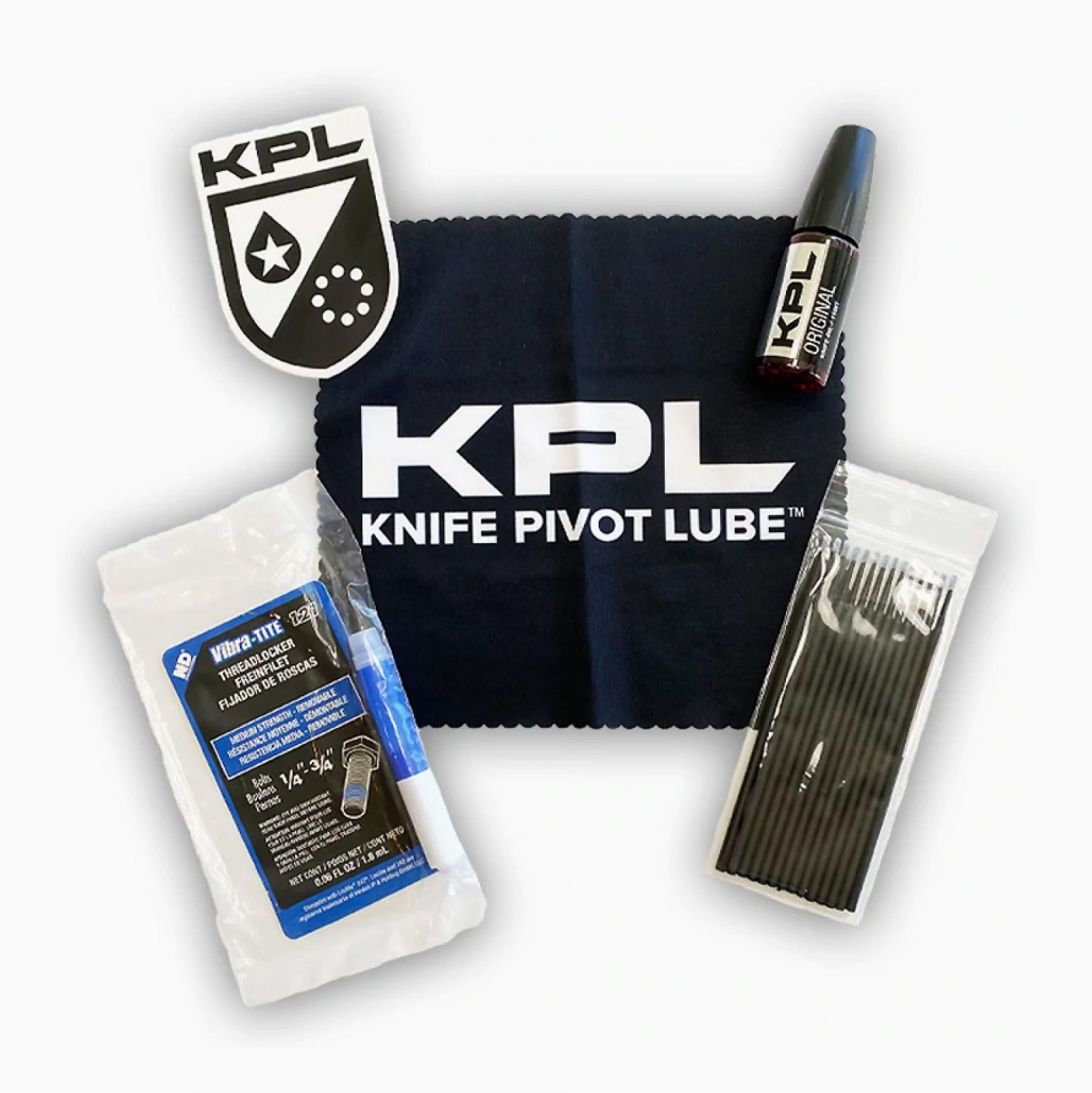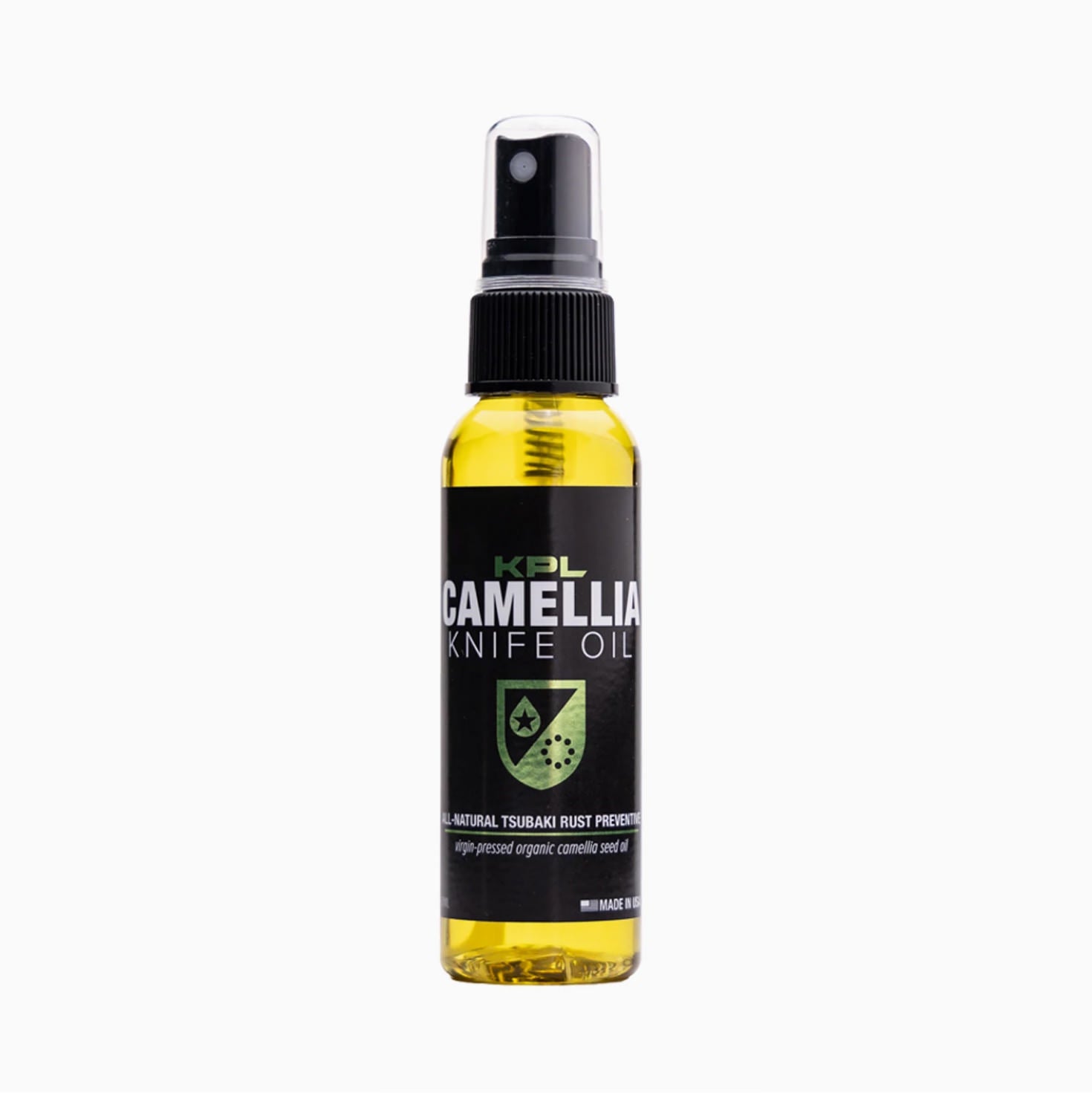Within the balisong community, you may hear many people talking about different materials used to make trainers or knives.
It may seem confusing at first, but this guide will help you understand the 3 most common handle materials used in premium balisongs and what types there are!
If you haven’t checked out our most recent article, you can check it out here! With all that said, let’s get started!

BALISONG MATERIALS: BLADES
Firstly, the blades are always made of steel as steel holds an edge the best. There are three main types of steel used for balisongs:
STEEL
440C is classified under the 400 series of steel, with 440C having the highest carbon content in the series. It is heat-treated to create a pretty strong steel that is also easy to produce. It has mild corrosion resistance.
D2 is a high-chromium content steel alloy that is very abrasion resistant. Once heat-treated, it will be a slightly lower hardness level to 440C.
D2 steel holds an edge, which makes it harder to sharpen but also makes it more durable. It is also very rust resistant, making it good for EDC knives.
M390 is classified as a “super steel” alloy and it is known as the “best knife steel” available. M390 is one of the most corrosion resistant and hardest steels out there.
This means you’re going to get a very fine edge that retains its sharpness even through hard use, with little to no patina. It also mirror polishes very well, making it a very popular choice.
BALISONG MATERIALS: HANDLES
There are 3 most commonly used materials for handles on Balisongs, which are:
- Titanium
- Aluminium
- G-10
They all have a variety of uses, so let’s get into them!
TITANIUM
Titanium is very commonly used on higher-end Balisongs as well as for aftermarket scales, such as the scales made by Flytanium.
It is lighter and much stronger than steel, though it costs more to use and produce, hence why it is used in higher end Balisongs, such as the iconic Bladerunner Systems Alpha Beast series.
There are two main kinds of Titanium that are used for Balisongs:
Grade 2: Grade 2 titanium is called the “workhorse” of the commercially pure titanium industry, thanks to its varied usability and wide availability. It shares many of the same qualities as Grade 1 titanium, but it is slightly stronger. Both are equally corrosion resistant.
6AL-4V (Grade 5): Known as the “workhorse” of the titanium alloys, Ti 6Al-4V, or Grade 5 titanium, is the most commonly used of all titanium alloys. It accounts for 50 percent of total titanium usage the world over.
Its usability lies in its many benefits. Ti 6Al-4V may be heat treated to increase its strength. This alloy offers its high strength at a light weight, useful formability and high corrosion resistance.
ALUMINIUM
Aluminium is much cheaper than Titanium and it is lighter, though it is less durable. It is used on budget trainers and balisongs especially and it is a very good choice to use.
Aluminium is especially known for being used by Squid Industries as their main material for their trainers. An iconic example of an Aluminium handled trainer is the Squid Industries Squidtrainer V3.5. There are also two types of Aluminium that are commonly used in Balisong making and they are:
6061: Medium-High Strength, is more pure aluminium, hence the lesser strength to 7075. However, this makes it cheaper and easier to find/produce. It is easy to shape with and is very corrosion resistant, especially compared to other aluminium alloys. It’s the best budget aluminium.
7075-T6: It is alloyed with Zinc to produce a stronger but more expensive aluminum over 6061. However, it is lower in corrosion resistance. It is higher in temperature resistance and is commonly used in aerospace for this reason.
G-10
Last but not least, G-10 is a very unique material that is used for scales and spacers on Balisongs. One of the most recognisable G-10 scale designs are the scales on the Bladerunner Systems Replicant series.
G-10 is a high-pressure fiberglass laminate, a type of composite material. It is created by stacking multiple layers of glass cloth, soaked in epoxy resin, and by compressing the resulting material under heat until the epoxy cures.
It is manufactured in flat sheets, most often a few millimeters thick. It is cheap and durable, as well as very light.
CONCLUSION: BALISONG MATERIALS
So, to conclude, there are quite a few materials used in Balisong making and they can be a little confusing, but hopefully this little guide helped you out!
If you’re looking to buy a trainer of your own, you can check out our Top 10 Balisong Trainers list to find out what to get!
Sources:
http://balisongknifebutterfly.com/steel/
https://www.steelexpress.co.uk/toolsteel/D2-Steel-properties.html
https://knifeup.com/m390-knife-steel-overview/
https://www.gabrian.com/6061-aluminum-properties/
https://www.engineeringclicks.com/7075-t6-aluminium/
https://www.thomasnet.com/articles/metals-metal-products/6061-aluminum-vs-7075-aluminum/
https://continentalsteel.com/titanium/grades/grade-9/

